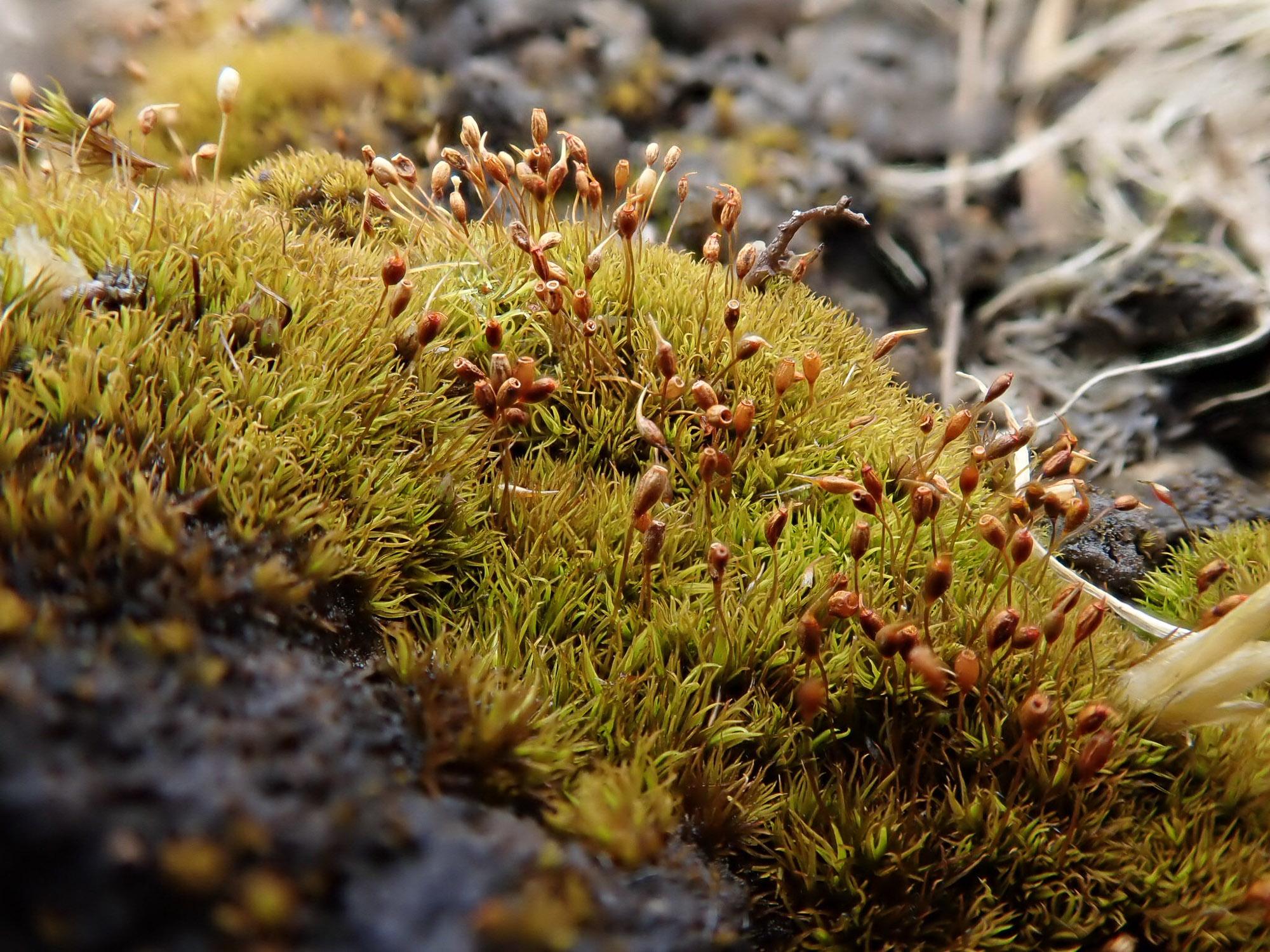
323079.jpg from: https://inpn.mnhn.fr/espece/cd_nom/5366/tab/fiche
Weissia controversa Hedw.: The Tiny but Mighty Moss
Introduction
When we think of plants, we often picture towering trees, colorful flowers, or sprawling vines. But there’s a whole world of fascinating flora that exists on a much smaller scale – mosses. Today, we’ll be diving into the details of one particularly interesting species: Weissia controversa Hedw.

2018-04-06-10.50.23.jpg from: https://www.britishbryologicalsociety.org.uk/learning/species-finder/weissia-controversa/
, a tiny but mighty moss of the Pottiaceae family.
Background
Weissia controversa, also simply known as Weissia, is a species of moss belonging to the Bryophyta division and Bryopsida class. Mosses are non-vascular plants that lack true roots, stems, and leaves. Instead, they have leaf-like structures called phyllids that absorb water and nutrients directly from their surroundings.
Morphology and Identification
Weissia controversa forms small, dense cushions or tufts, typically growing to heights of 5-10 mm. Its phyllids are lance-shaped, with a distinct midrib, and are arranged spirally around the stem. The moss is dioicous, meaning male and female reproductive structures are found on separate plants. Sporophytes (spore-producing structures) are common, with cylindrical capsules borne on short setae (stalks).
Global Distribution and Habitat
W. controversa has a wide global distribution, found on every continent except Antarctica. It thrives in a variety of habitats, including grasslands, woodlands, and disturbed areas such as roadsides and fields. This moss prefers well-drained, calcareous soils and can tolerate moderate levels of disturbance and desiccation.
Ecological Roles and Adaptations
Like other mosses, Weissia plays important ecological roles. It helps to stabilize soil, prevent erosion, and retain moisture. Mosses also provide habitat and shelter for various small invertebrates and microorganisms. W. controversa has adapted to survive periods of drought by entering a dormant state until moisture returns. Its small size and dense growth habit help to minimize water loss and protect it from damage.
| Characteristic | Description |
|---|---|
| Division | Bryophyta |
| Class | Bryopsida |
| Family | Pottiaceae |
| Genus | Weissia |
| Species | W. controversa |
| Height | 5-10 mm |
| Phyllid Shape | Lance-shaped with midrib |
| Reproduction | Dioicous |
| Sporophyte | Cylindrical capsule on short seta |
| Habitat | Well-drained, calcareous soils |
Conclusion
Weissia controversa Hedw. may be small, but it is a fascinating and important part of many ecosystems around the world. Its ability to thrive in various habitats and adapt to challenging conditions makes it a true survivor in the plant kingdom. Next time you’re out for a walk, take a closer look at the ground beneath your feet – you might just spot a patch of mighty Weissia making its mark on the world. What other secrets might these tiny mosses hold?